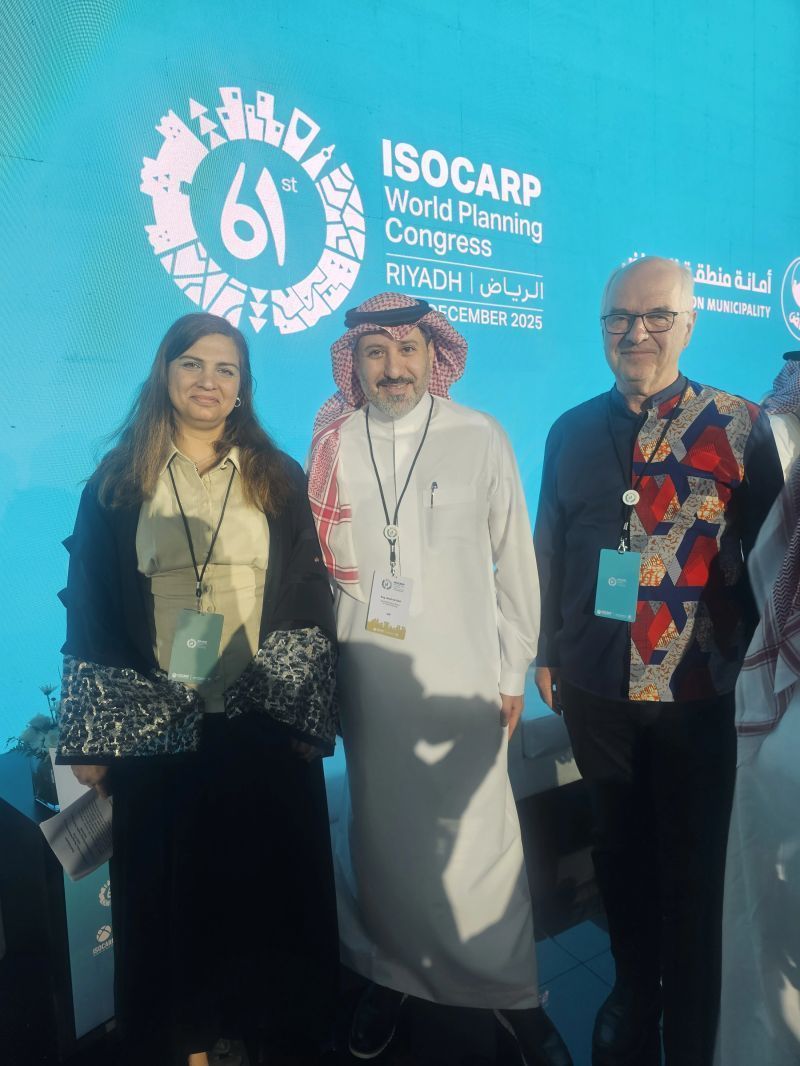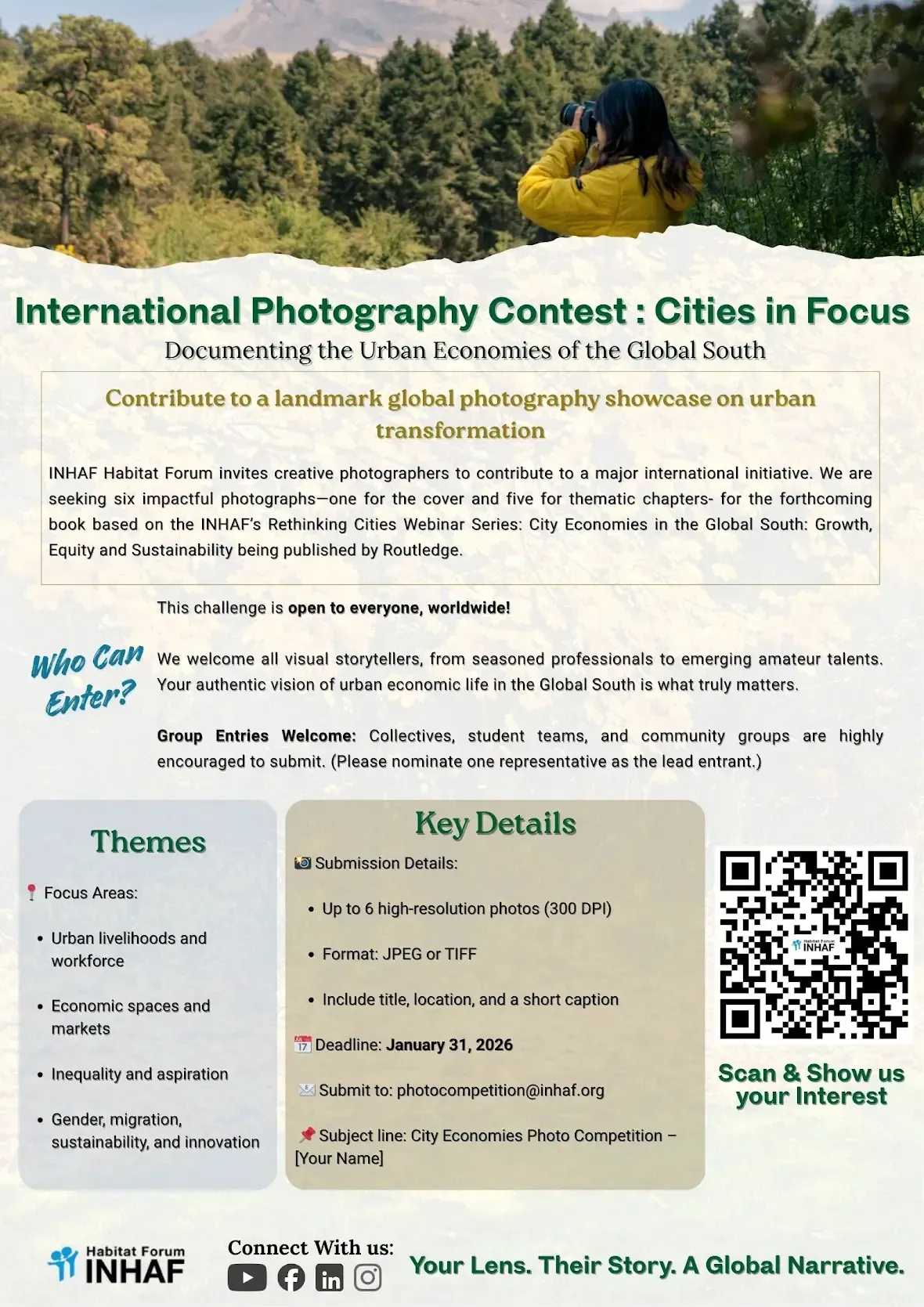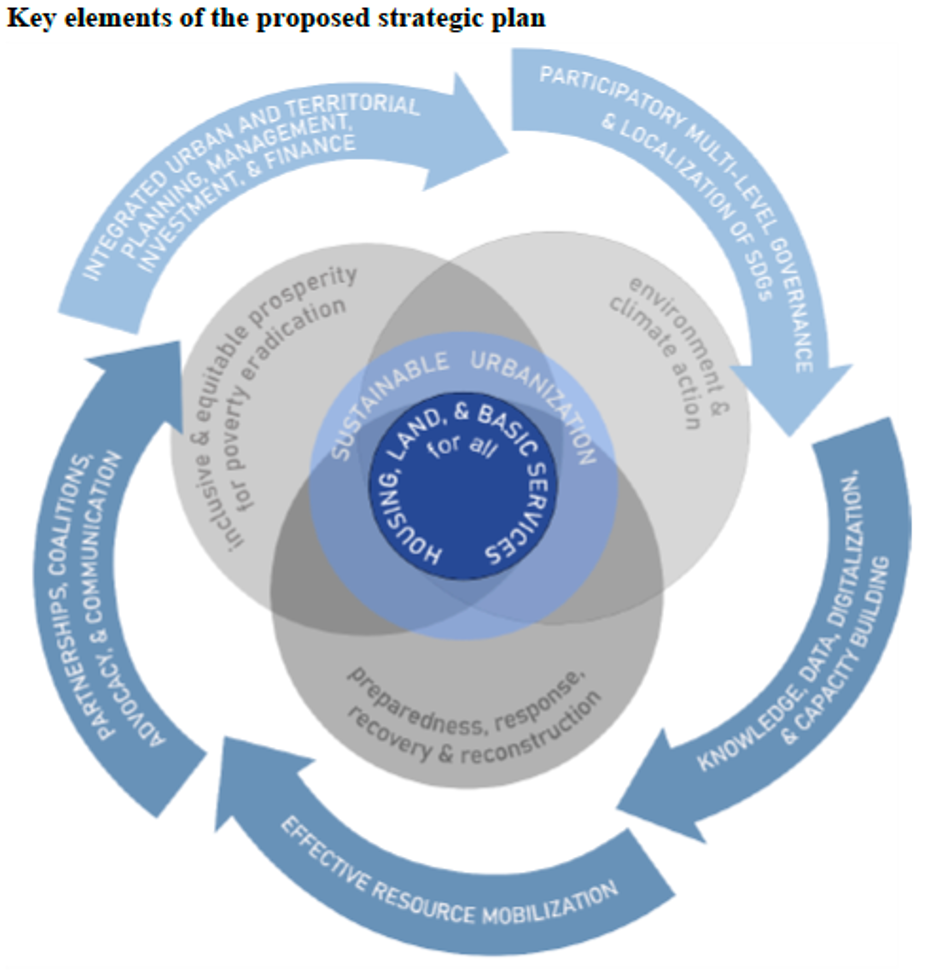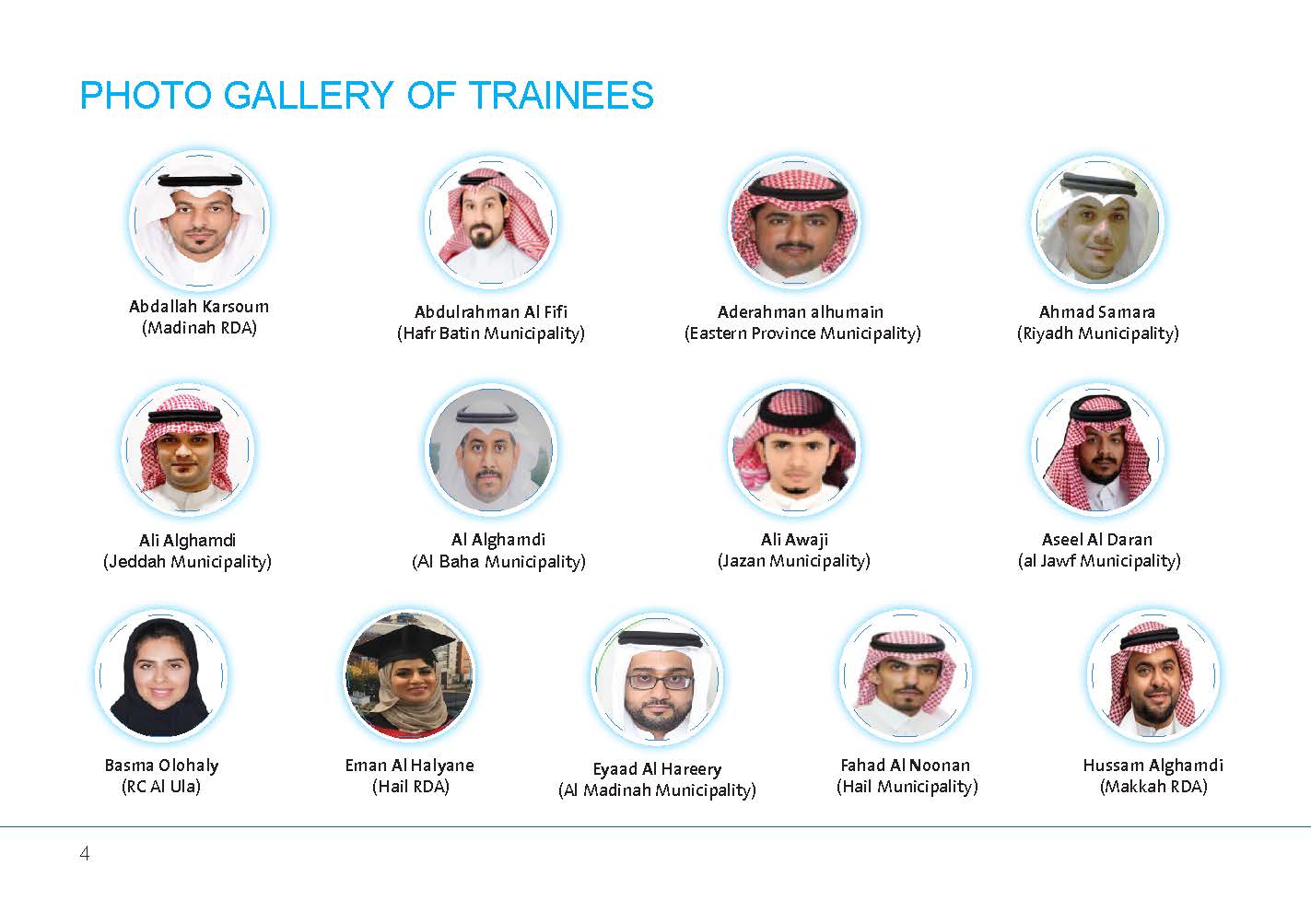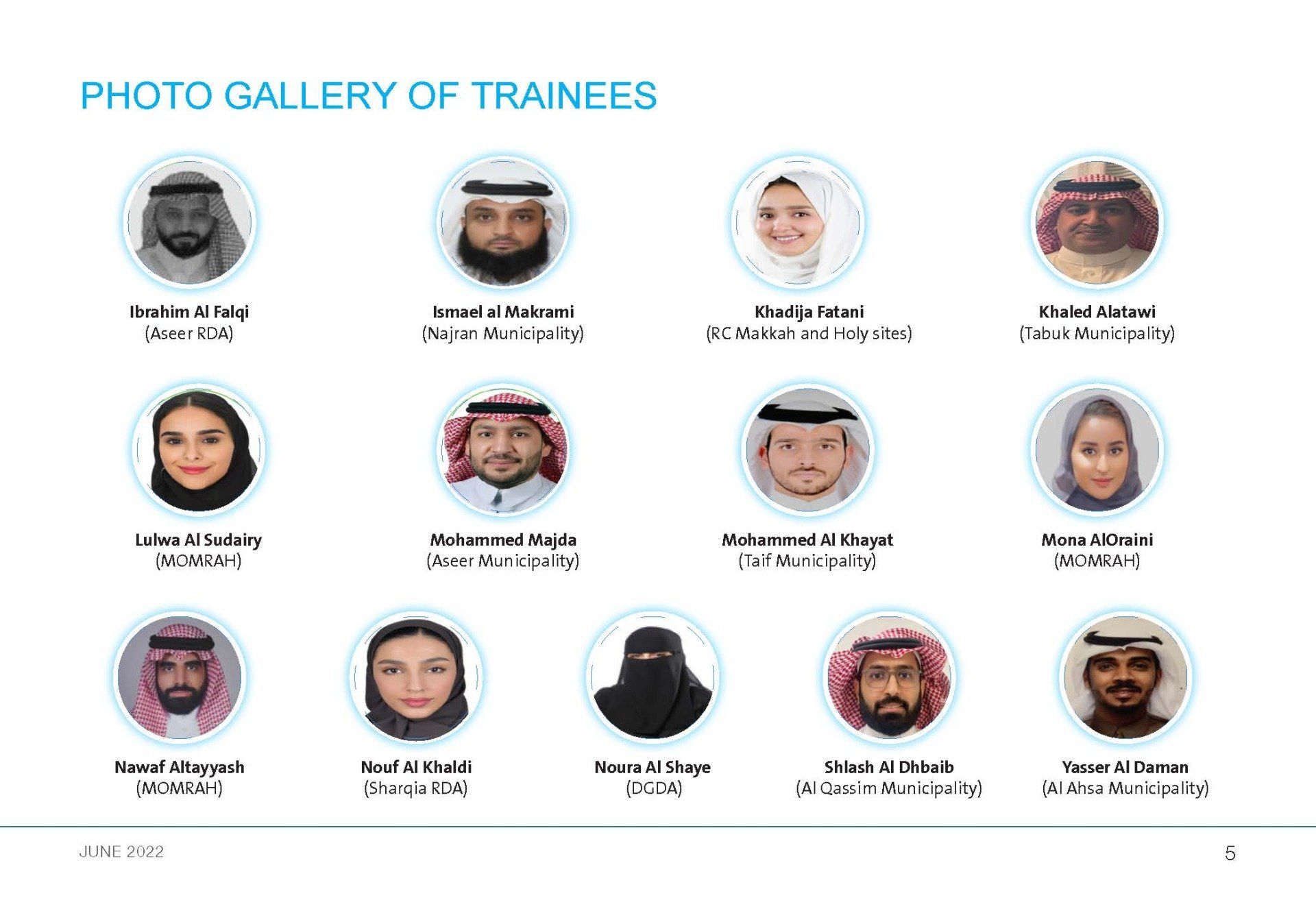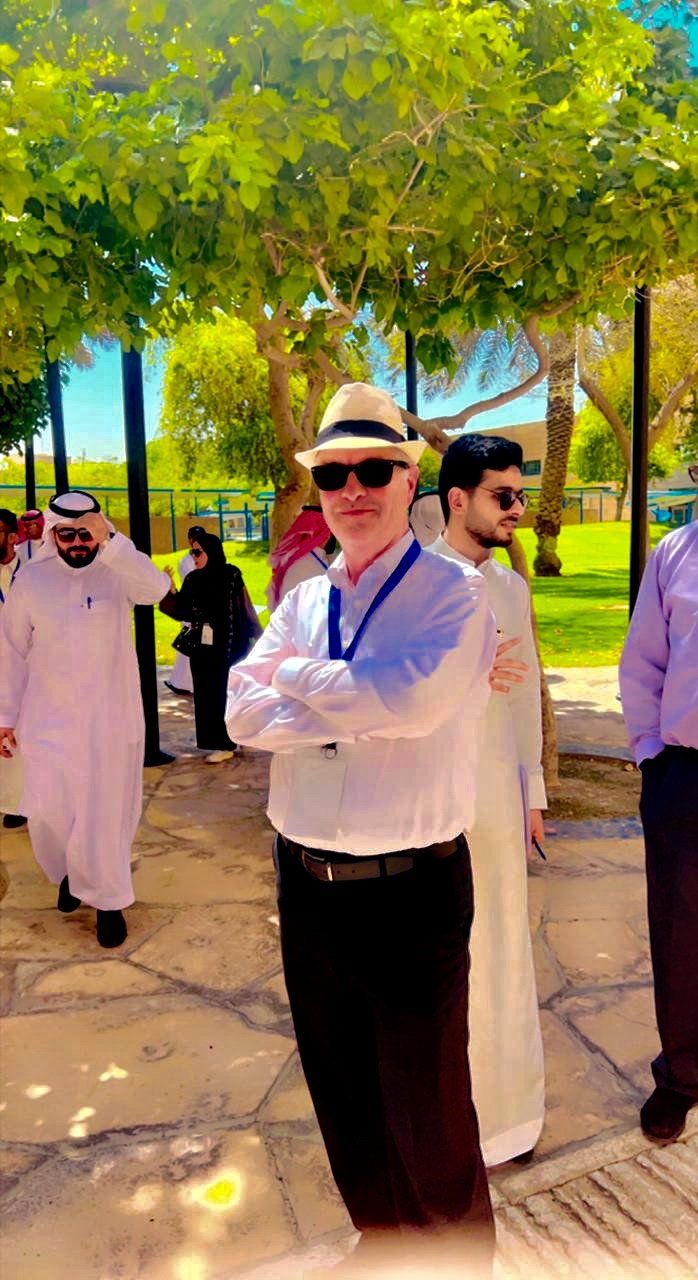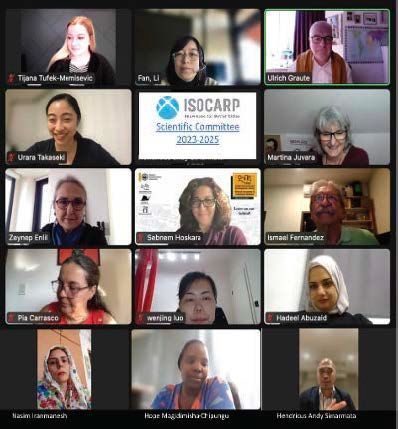Riyadh at 45 °C: Training on Sustainable Urban Development in Saudi Arabia

Saudi cities are developping fast but climate crisis and the end of the age of fossil fuels announce a time of change
Travelling to Saudi Arabia regularly since 2008 the changes are dramatic. This is best visible in the fast growing cities of this Kingdom where already 86% of the population live in an urban environment. The country is building entire new cities (e.g. Neom) and in the already built environment of Riyadh a new Metro with five lines and altogether 85 stations is only one of the mega projects. Business centres, new neighbourhoods and cinemas are mushrooming in the big cities. Women don't depend on a driver anymore but instead they drive on their own on the way to their new jobs. A lot more could be listed.
Already in 2008 I had first discussions with the Chief Economist of the government about the need that Saudi Arabia needs to develop 'beyond petrol'. The Kingdom is trapped by oil and gas in two ways: Like many other countries Saudi Arabia got used to fossil fuels as basis for its industries, transportation and living standard. In addition, the selling of oil and gas generates a major share of national revenues. It is therefore no surprise that Saudi Arabia hesitated and still hesitates to face the fact that the oil and gas based business model of the country will soon come to an end. The necessary energy transition will affect every sphere of life. That the need for change comes together with the climate crisis only adds to the dramatic of the situation.
But what can fit better to this phase of new orientation than a intensive training with young planners from around the country on perspectives for sustainable and collaborative urban planning in support of the transition? The Ministry of Municipal, Rural Affairs and Housing MOMRAH understands this and launched a training programme together with UN-Habitat, supported by UNDP and with a trainer team composed of Frank D'hondt, Youssef Diab and myself.
Takeaways from Module 1
Time to change the way Saudi cities are planned
Saudi Arabia is just at the beginning of a transformative process towards more sustainable urban development. Financed by a wealth of oil and gas revenues the government still invests in a number of more traditional mega projects. Ambitious projects like the construction of the Riyadh Metro are impressive but it is astonishing how isolated these projects exist next to each other. For instance, the metro station next to the King Abdullah Financial District (another mega project) is designed by the famous architect Zaha Hadid Architects from the UK (see picture in the blog post). Unfortunately, it was planned and built without a bridge or any other crossing to the existing neighbourhood Al Ghadir. Brandnew international hotels in that neighbourhood promote their location as close to the Financial District but their guests can neither reach the Financial District nor the metro station without a car. Building a metro station not accessible from an existing neighbourhood is the best proof that planning needs to change from just thinking big to a more collaborative, integrated and inclusive planning at a human scale.

The Riyadh Metro with the design by Zaha Hadid (center) is linked for pedestrians to the King Abdullal Financial District in the background but not with the Al Ghadir neighbourhood in the front and the Hilton hotel from where the picture was taken.
A new generation of planners is getting ready
Saudi Arabia has invested heavily in education and has sent hundred thousands of its young citizens to study abroad. Many are returning home and some of them start working for urban planning departments, Royal Commissions or ministries. This is a unique opportunity to modernize not only urban planning but more generally public service delivery in the country. A more people than business centred planning and development may not promise a fast return for investments but it puts the seeds in the ground for a better integrated and sustainable development. That's where the training kicks in.
The first module of the training programme included in addition to lectures and working groups also walking excursions in several neighbourhoods of Riyadh. Doing that at 42-45 °C is an eye opener for what is needed for a more sustainable development of Saudi cities in times of climate change. Maybe the trainees learn from it and when the next big developper comes to their city they will invite the company to present their ideas also during a walking tour on the site and not only from a limousine or in an air condition of board rooms.
The Deputy Minister Adel Alzahrani and Dr Khaled Alnefaiy as Director of the Research and Studies Department of MOMRAH value the growing number of young planners in the country and both used the training as an opportunity for an exchange with participating planners. Following this, the Deputy Minister invited participants to visit the Ministry and to continue and intensify the exchange during Module 2 of the training programme.
Adel Alzahrani (left) is Deputy Minister of Urban Planning at the Ministry of Municipal Rural Affairs and Housing MOMRAH. Dr Khaled Alnefaiy (right) is Director of the Research and Studies Department at the same ministry.
UN cooperation as a chance for Saudi Arabia
Based on their global cooperation networks UN agencies like UN-Habitat and UNDP develop policies, strategies and guidance tools for integrated, inclusive and collaborative planning. Therefore, the cooperation with these agencies is a chance for the country to benefit from knowledge and experience available in these institutions.
The first Module of the training programme featured e.g. the UN's International Guidelines for Urban and Territorial Planning (IG-UTP) and the Guidance Framework for Urban-Rural Partnerships. Inviting experts from academia (Prof Youssef Diab) and the International Society of City and Regional Planners ISOCARP (Frank D'hondt and Ulrich Graute) as trainers provided the opportunity to inform about, discuss and explore new approaches for a more inclusive and sustainable planning. And of course, the growing number of women among trainees not only supports gender equality but also a more inclusive planning of cities.
The second module is scheduled to begin in Riyadh on 19 June 2022.

Group picture of the Deputy Minister, Trainers and Trainees
The Team of the training: Zainab Al Mansour, Frank D'hondt, Halima Mrabti, Youssef Diab and Ulrich Graute
Pictures: Ulrich Graute, Zainab Al Mansour, Ali Alghamdi and other participants
Policies and Governance for Resilient and Sustainable Cities and Regions
